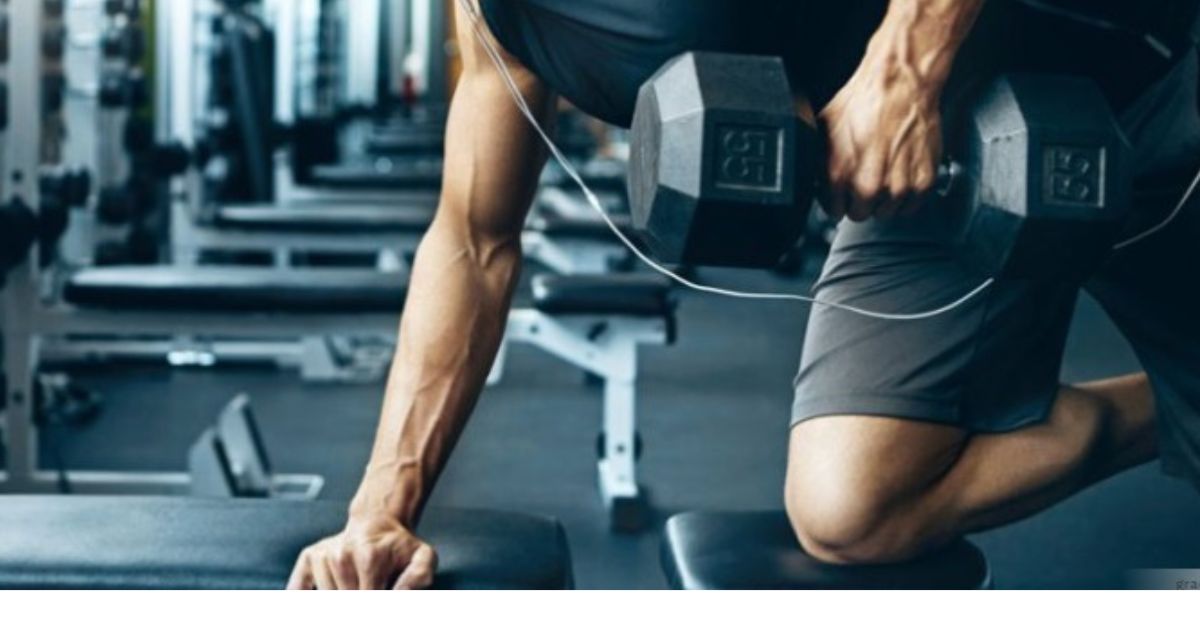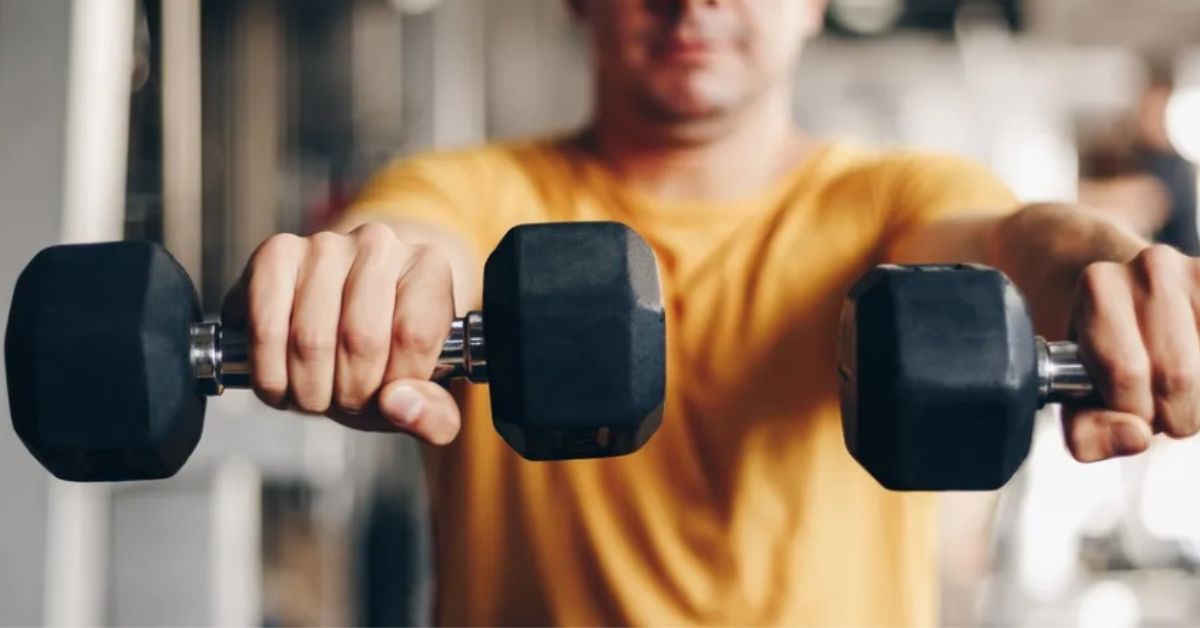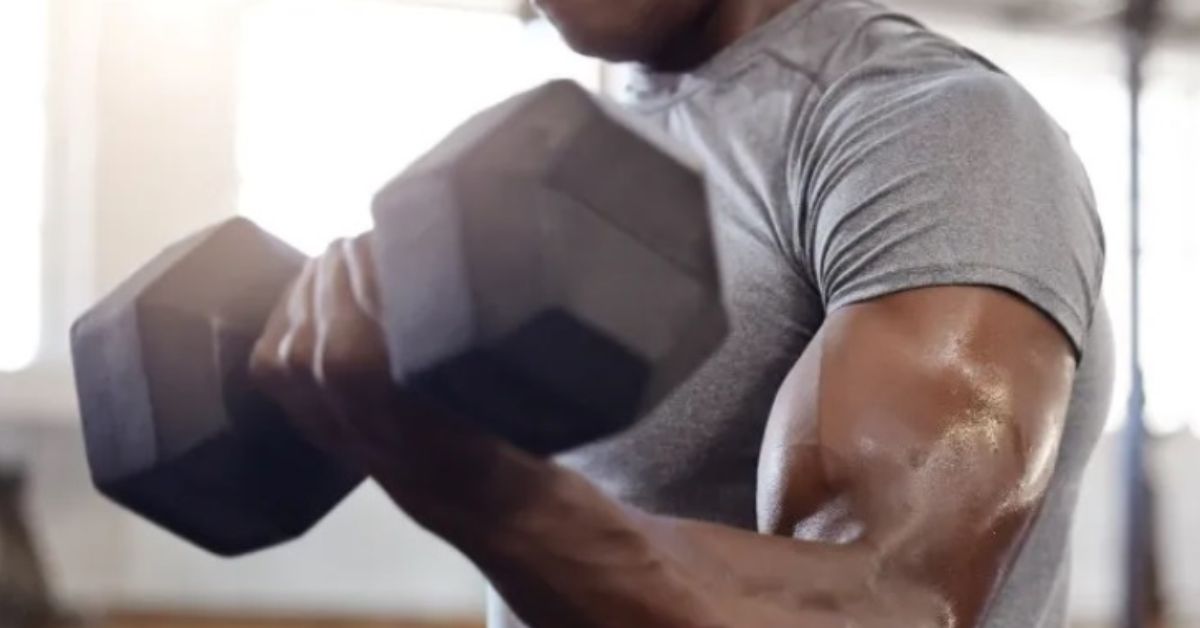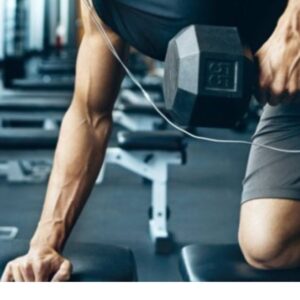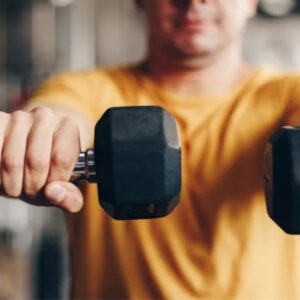The longstanding practice of immersing oneself in ice-cold water, known as ice baths, has been known for its role in muscle recovery and enhanced physical performance. However, recent scientific investigations have thrown a cold, hard light on the conventional wisdom surrounding the use of ice baths, particularly when it comes to muscle growth.
In the ever-evolving world of fitness and wellness, the relationship between ice baths and muscle growth is far more complex than initially perceived. While ice baths undeniably offer advantages, particularly in terms of post-exercise recovery and fat loss, they may not be the ideal choice for those fervently seeking muscle hypertrophy. The key lies in understanding this nuanced relationship and making informed choices based on individual fitness priorities.
Chilling Truths About Ice Baths and Muscle Growth
- Not Ideal for Hypertrophy: It’s been a common belief that ice baths are beneficial for muscle recovery and growth. However, recent findings suggest that ice baths may not be the best choice for individuals solely focusing on hypertrophy and muscle growth. While these icy soaks excel in certain aspects of post-exercise recovery, their impact on muscle development is more complex than previously understood.
- Human Subjects Challenge Convention: A groundbreaking study has taken the concept of ice baths a step further by conducting an experiment that submerged one leg in ice-cold water while keeping the other leg at room temperature. This chilling experiment examined the ensuing muscle protein synthesis after subjects consumed a combination of protein and carbohydrates. The study’s results, which involved real human subjects, have upended the conventional wisdom surrounding the potential muscle-building benefits of ice baths.
- Interfering with Natural Recovery: Just as it’s discouraged to frequently consume anti-inflammatory medications post-workout because they can hinder the body’s natural recovery and adaptation processes, evidence suggests that ice baths may also interfere with these crucial processes. While they provide relief from post-exercise soreness, their influence on muscle growth might be less favorable.
- Exploring Alternatives: If muscle growth is your primary fitness goal, there’s no need to entirely abandon the concept of cold-water exposure for its numerous health benefits. Alternative approaches, such as the 30-day cold shower challenges, can offer a middle ground that balances the advantages of cold therapy without significantly compromising muscle development. These alternatives indicate that it’s possible to enjoy the best of both worlds.
- Not a One-Size-Fits-All Solution: The intricate relationship between ice baths and muscle growth is a dynamic one. They are not a universal solution, and their impact on muscle development is contingent upon a multitude of factors. Individual fitness goals, workout intensity, and recovery priorities all play a pivotal role in determining the appropriateness of ice baths in one’s fitness regimen. This complexity underscores the need for a nuanced approach to cold therapy in the context of muscle hypertrophy.
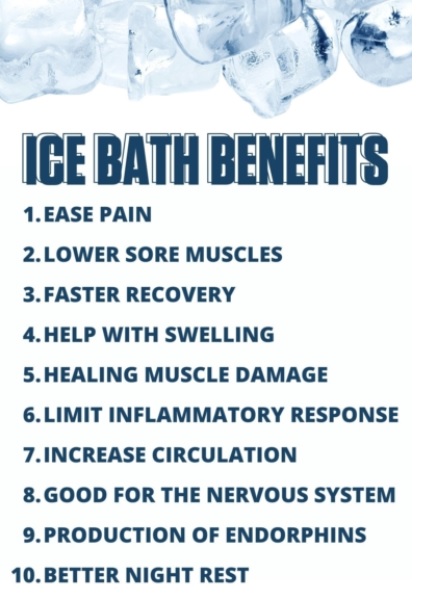
The Brown and Beige Fat Revolution
Brown Fat Characteristics:
- Brown fat has earned its moniker as “good fat” due to a set of unique properties that distinguish it from its more common counterpart, white fat. This distinctive nickname hints at its remarkable functions in the body, which go beyond mere energy storage.
- While white fat is prevalent in adult humans, brown fat is relatively rare. It typically takes up a small portion of an adult’s fat stores. However, brown fat is more conspicuous in specific populations. It’s notably abundant in infants, contributing to their ability to generate heat, a crucial function for maintaining body temperature in little bodies. In hibernating animals like grizzly bears, brown fat plays a vital role in sustaining their metabolic activities during long periods of dormancy. Additionally, brown fat is more prominent in individuals with lower overall body fat percentages, as its thermogenic properties become more crucial in helping to regulate body temperature and support metabolism.
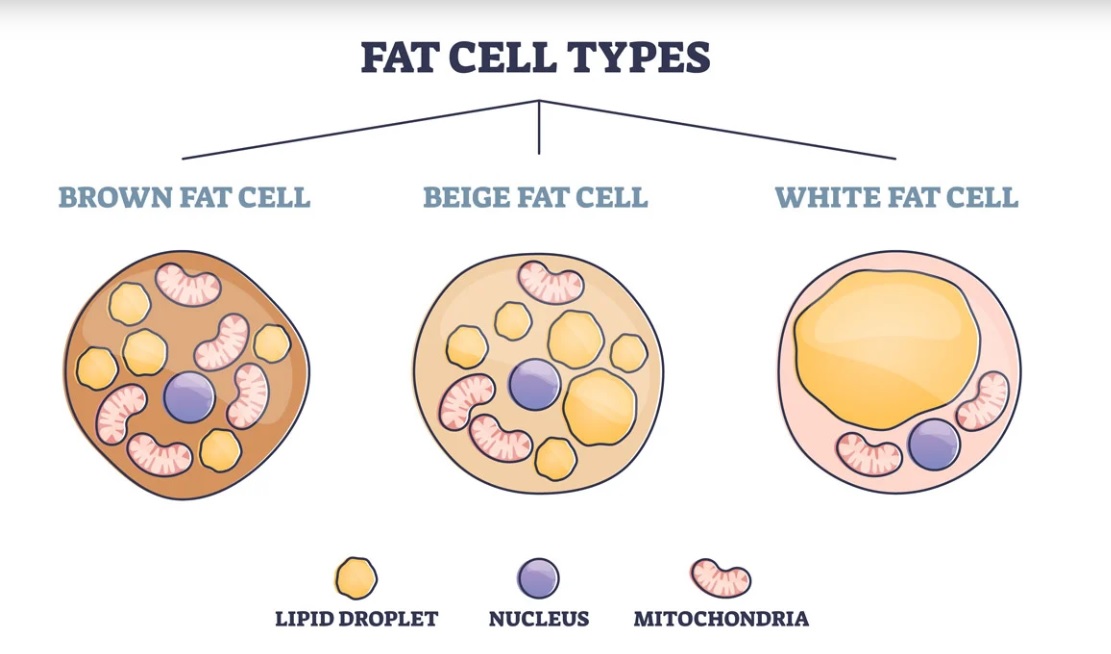
- What lends brown fat its distinctive brown color and its exceptional metabolic role is the abundance of mitochondria within its cells. Mitochondria are the powerhouses of our cells, responsible for producing adenosine triphosphate (ATP), the energy currency of the body. Brown fat cells have a higher concentration of mitochondria compared to white fat cells. This characteristic is key to their role in generating heat, a process known as thermogenesis. When brown fat is activated, these mitochondria create heat by burning fat stores and glucose, which can help maintain a stable body temperature, particularly in cold environments.
Beige Fat: A Hybrid Force in the Battle Against Obesity
- Beige fat, often referred to as “brite” fat, which stands for “brown-in-white” fat, represents a fascinating hybrid in the realm of adipose tissue. This hybridity distinguishes beige fat as an extraordinary component in our body’s energy regulation system. Unlike the straightforward classification of white fat for energy storage and brown fat for heat production, beige fat occupies a unique space within this spectrum.
- Beige fat challenges traditional classifications by exhibiting characteristics that bridge the gap between white and brown fat. While it does share the energy storage function of white fat, it also embraces the thermogenic capacity of brown fat. This duality enables beige fat to serve as an adaptable and dynamic player in our metabolic processes.
- The distinctiveness of beige fat is not just a biological curiosity; it holds significant promise in the context of metabolism and weight management. Researchers and scientists have been drawn to beige fat’s potential for its role in addressing obesity and its associated health risks.
- Beige fat has a remarkable ability to adapt and switch between energy storage and heat production, depending on the body’s needs. When activated, beige fat can burn stored energy and generate heat, which has implications for calorie expenditure and weight management.
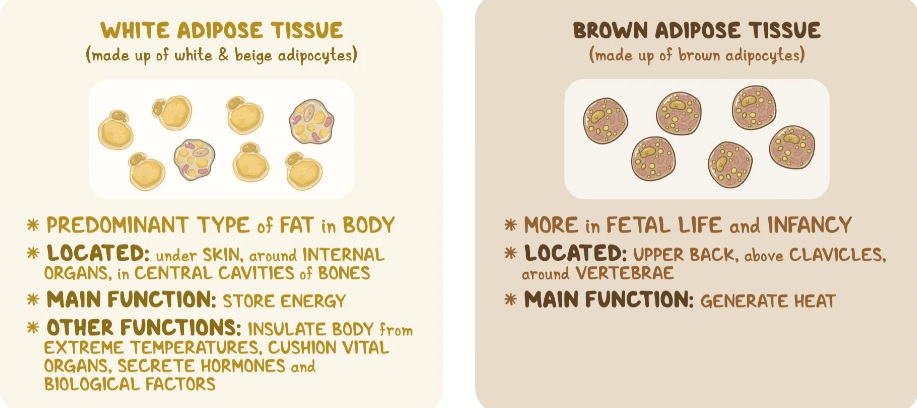
Potential for Obesity Research
- Obesity is a complex and pressing global health concern, linked to a range of diseases and health complications. As researchers delve into the intricacies of obesity, the transformation of white fat into beige or brown fat has emerged as a critical area of interest. This transformation, often termed “browning” or “beiging,” has captured the attention of the scientific community as a potential game-changer in the fight against excess body weight.
- The transformation from white to beige or brown fat suggests an exciting avenue for enhancing our metabolic rate and improving the body’s ability to burn fat. White fat, primarily known for energy storage, can undergo a metabolic makeover, acquiring the thermogenic properties associated with brown fat. This means it becomes proficient at generating heat and expending energy, contributing to calorie burning.
- Increasing metabolic rate and fat burning can have profound implications for weight management and overall health. A higher metabolic rate means that the body burns more calories even during periods of inactivity, making it easier to maintain or achieve a healthy weight.
Ice Baths: Beyond Fat Loss
White Fat Transformation with Ice Baths:
- Ice baths can cause some white fat in your body to take on properties of brown fat, notably increasing thermo genesis and reducing body fat.
- This transformation is due to the exposure to cold temperatures, making it a potential tool for fat loss.
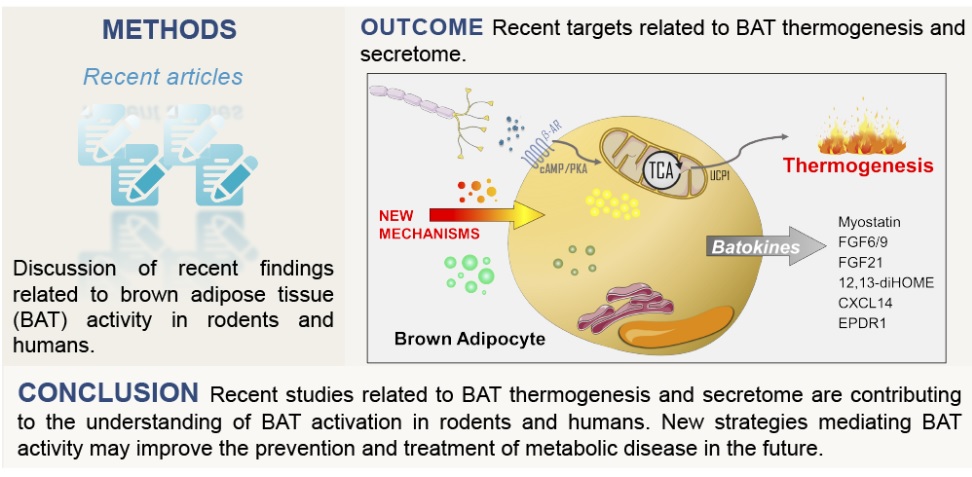
Ice Baths: A Reset Button for Enhanced Recovery
- Ice baths serve as an exceptional reset button for your body’s recovery process. After a strenuous workout or demanding physical activity, your muscles often experience microtears and inflammation. This natural response to exercise is a part of the muscle-building and adaptation process, but it can also lead to soreness and fatigue.
- The cold temperature of an ice bath plays a crucial role in mitigating these effects. When you immerse your body in icy water, the blood vessels constrict, causing reduced blood flow to the muscle tissues. This constriction helps control inflammation and swelling in the muscles, thereby minimizing the soreness that typically follows an intense workout.
- Ice baths become particularly advantageous when you have multiple training sessions scheduled in a single day. In situations where athletes or individuals engage in back-to-back workouts, the expedited recovery offered by ice baths can make a significant difference. By reducing muscle soreness and inflammation more rapidly, these cold soaks allow individuals to return to peak physical condition sooner, effectively preparing them for subsequent training sessions.
- Another advantage of ice baths is their ability to expedite the clearance of lactic acid from the muscles. Lactic acid build-up is a natural byproduct of intense exercise and can contribute to the feeling of fatigue and muscle burn. The cold water in ice baths helps to flush out lactic acid more efficiently, helping your muscles recover and feel less fatigued.
- One of the significant advantages of ice baths is their versatility. Individuals can customize the water temperature and duration according to their comfort levels. This ensures that the benefits of recovery are accessible to a broad range of people, from elite athletes to casual fitness enthusiasts.
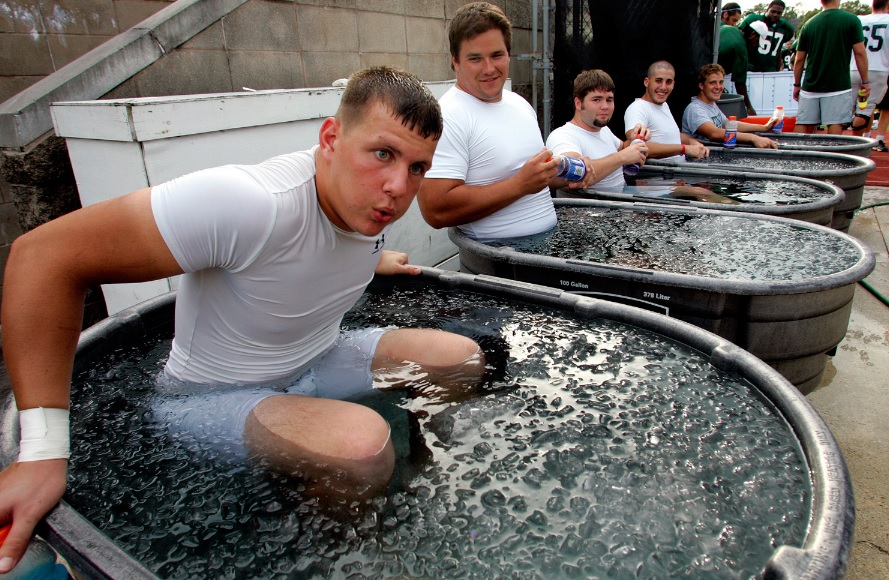
Positive Effects on Mental Health
The combination of cold exposure and specific physiological responses can lead to mood enhancement and even relief from symptoms of depression.
Release of Noradrenaline and Hormones
- Submerging your body in cold water triggers a complex physiological response designed to protect the body in stressful situations.
- A key element of this response is the release of noradrenaline, a neurotransmitter. Noradrenaline plays a vital role in the “fight or flight” response, which is the body’s way of preparing to confront or flee from a threat. When you experience stress or a perceived danger, noradrenaline surges, leading to various physical and mental changes, such as increased heart rate, heightened alertness, and enhanced focus.
Endorphins: Natural Mood Enhancers
- Endorphins are another noteworthy component of this response. They are natural chemicals produced by the body, often dubbed “feel-good” hormones. Their release is associated with feelings of happiness, reduced perception of pain, and even a sense of euphoria.
- Many people experience a “high” or sense of exhilaration after emerging from a cold bath.
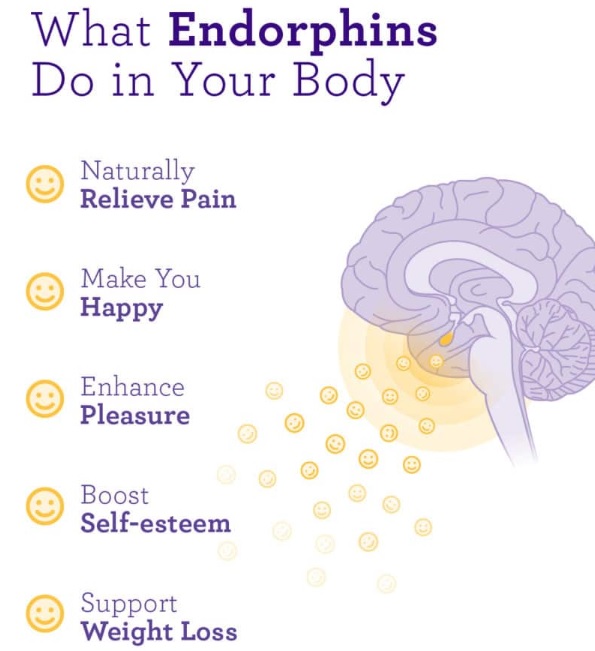
Dopamine: Pleasure and Reward
- Dopamine, a neurotransmitter related to pleasure and reward, is also influenced by cold exposure. This chemical is associated with motivation, reinforcement, and positive feelings. It plays a role in our brain’s reward system.
- The release of dopamine can contribute to a sense of reward and satisfaction after enduring the discomfort of a cold bath. This may help explain the positive feelings some people associate with the experience.
Combined Effects on Mental Well-Being:
- The interplay of these neurotransmitters, hormones, and chemicals underlies the potential mental health benefits of cold exposure. Noradrenaline prepares the body for action in response to stress, endorphins induce feelings of happiness and relief, and dopamine reinforces a sense of reward.
- Collectively, these substances can create a significant boost in mood and a reduction in stress levels. They contribute to the overall positive impact of ice baths on mental well-being and can help alleviate symptoms of depression or anxiety in some individuals.
- The release of noradrenaline and the associated hormonal changes can have a profound impact on mental well-being.
Improving Mood and Stress Resilience:
- Beyond depression, ice baths can enhance mood for individuals with general stress or anxiety.
- Exposure to cold may help manage stress levels by reducing cortisol, the stress hormone, and promoting a sense of calm and resilience in the face of everyday stressors.
Ice Bath for Autoimmune Diseases
- Ice baths have gained recognition not only for their potential in muscle recovery and weight management but also for their role as a complementary treatment for autoimmune diseases.
- Autoimmune diseases are characterized by the body’s immune system mistakenly attacking its own tissues, leading to chronic inflammation, pain, and a range of distressing symptoms. Conditions such as rheumatoid arthritis and multiple sclerosis often subject individuals to a life of persistent discomfort.
- Cold water therapy can ease the joint pain and inflammation associated with autoimmune diseases, improving the overall quality of life for those affected. The exposure to cold water prompts vasoconstriction, the narrowing of blood vessels, which can help mitigate inflammation by limiting the flow of inflammatory molecules to the affected areas. This constriction helps to reduce swelling and alleviate the pain associated with autoimmune conditions.
- While ice baths are not a standalone cure for autoimmune diseases, they serve as a valuable complementary treatment alongside conventional medical approaches. The relief provided by cold water therapy can enhance an individual’s well-being and daily comfort.
Cold Exposure: Training Body and Mind
- Enhancing Performance: Cold exposure can translate to better performance in sports and physical activities by helping you push past mental barriers. It enables you to complete more challenging workouts, potentially leading to increased muscle growth.
- Reframing Mental Limits: Cold exposure demonstrates that physical limitations are often imposed by the mind, not the body. This practice reframes your mindset, highlighting your untapped potential and encouraging a “mind over matter” approach.
- Overall Transformation: Beyond its physical benefits, the practice of cold exposure can be profoundly transformative for mental strength and the way you approach discomfort, and self-imposed limitations.


